Marie Morales

Alaska Wildfires: Firefighters Put Out Over 225 Fires, Forcing Hundreds of Residents From Their Homes
Space Agencies Join Forces to Stop Future Asteroids from Hitting Earth, Threatening Humans

Vertebral Body Tethering Surgery Gives Jordanian Teenager a New Spine; How Does It Differ from Spinal Fusion?

The ‘Waggle Dance’: Bees Do the Moves to Help Robots Communicate, Complete Complicated Tasks
Efficient Bone Cell Formation Possible to Achieve in Shorter Time Through Technique Relying on Iron Nanowires

Long COVID Symptom: People Experience Brain Impairment As One of the Lingering Effects

Newly Devised Laser-Based Diamond Sensor More Efficient in Detecting Disorders Like Alzheimer’s Disease, Dementia

New AI Platform Inventory Store Shelf Stocks Faster and Accurately

Rare Noctilucent Clouds Form High in the Sky; Could SpaceX be Responsible for This Unusual Occurrence?

Are Surgical Trainees Still Needed in the OR Now That Robots Can Assist Surgeons?

Monkeys, Mice Reveal Effective Protection of Nanoparticle Vaccine Against Several SARS-Like Betacoronaviruses
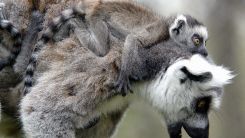
First ‘Louse’ on Mammals Possibly Started Out as Parasite; How Do Lice Spread to Other Animals?
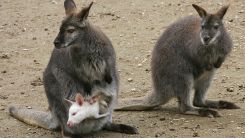
Gene Expression Patterns From Teeth, Turtle Shells Show How Placentas Evolved in Animals
Lipid Nanoparticles Used in New Screening Technique; One Step Closer to Enhanced mRNA-Based Treatments
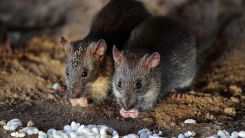
Mice Using Freeze-Dried Cells Cloned Using a Technique That Could Soon Help Animal Extinctions
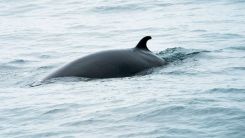
Underwater Fiber Optic Cables Used to Eavesdrop on Whale Vocalization

Food Intake and Dementia Risk Link Discovered in Epidemiological Studies and Clinical Trials

China’s AI Can Read a Person's Mind to Identify ‘Untrustworthy’ People

New Approach for Antibody Detection That Does Not Need Blood Sample Developed; Will This Help Prevent the Spread of COVID-19?

Paralyzed Man Finally Feeds Himself Through a Pair of Robotic Arms Connected to His Brain for the First Time in 30 Years

Pandas Can Eat 45 Kilos of Bamboo for Up to 15 Hours Each Day
4th of July Occurrence in the Solar System: Watch the Earth Today As It Reaches Aphelion
Robot to ‘SWIM’ on Other Planets: Will This New Phone-Sized Drone of NASA Find Signs of Life Outside Earth?
Almost 100 Percent of Patients Given CRISPR Treatment Cured of 2 Blood Disorders; This Comes After a 3-Year Post-Procedure
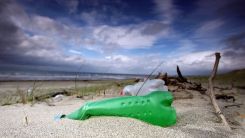
Nanoplastics in the Human Body More Effectively Measured Using a New Detecting Method
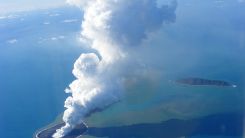
Hunga-Tonga Eruption: Strongest Volcanic Explosion of the Modern Era Based on Magnitude, Speed

Breathing Problem as Post-COVID Symptom: MRI Scan Reveals Abnormality in Oxygen After Infection in Symptomatic Patients
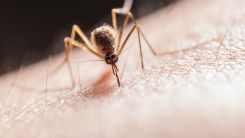
Mosquitoes Can Smell If a Person Has Dengue or Zika Virus, Research Suggests

Ancient DNA Including Wolves Preserved in the Permafrost Suggests Dog Domestication, Diversification Started 40,000 Years Ago
Most Popular

Say Goodbye to Dark Spots: The Science Behind Dark Spot Remover Creams

Persistent Coughs Are Everywhere: Here's What Experts Think Is Causing It

Ancient Hotspot Found to Have Created Great Lakes 300 Million Years Ago

Mysterious Structures Discovered Beneath the Pacific Ocean, Puzzle Scientists




